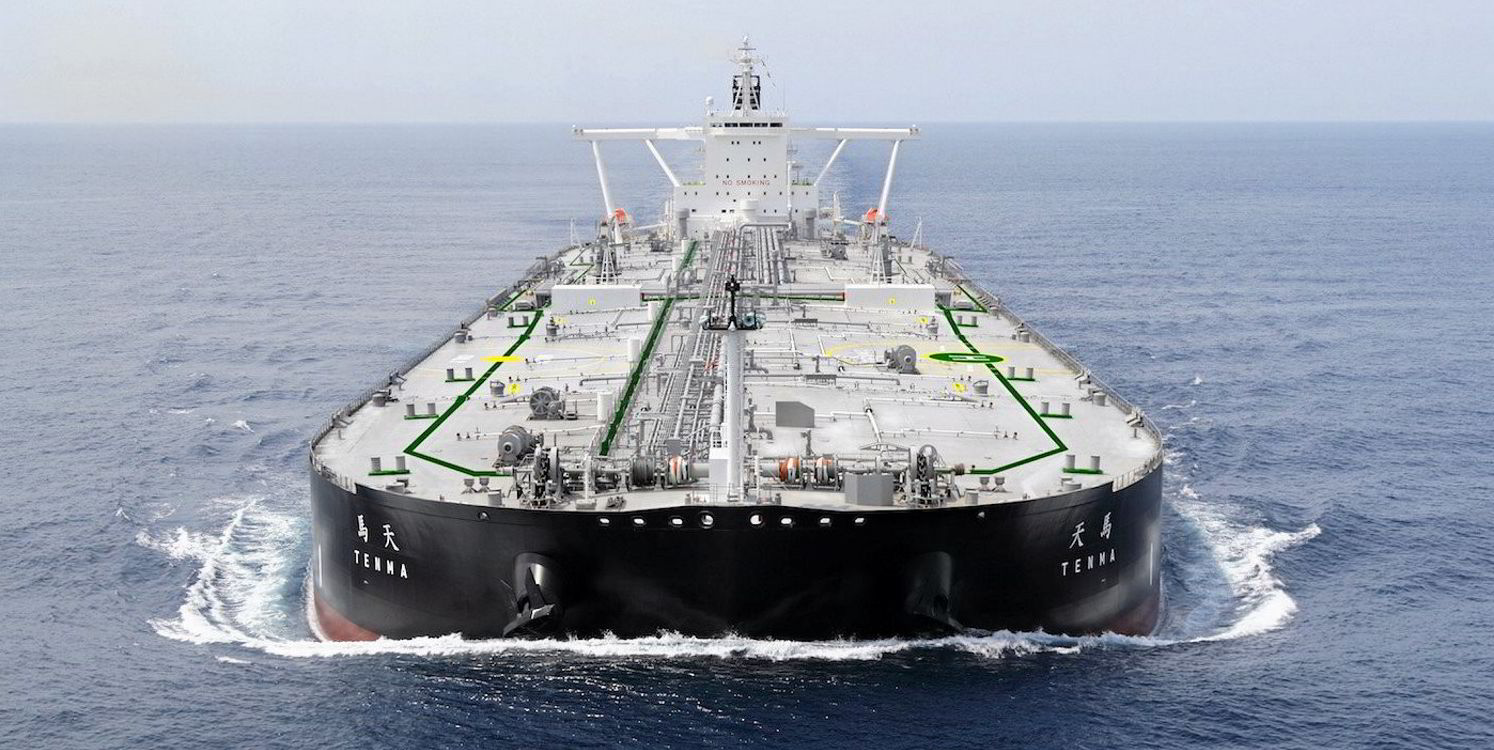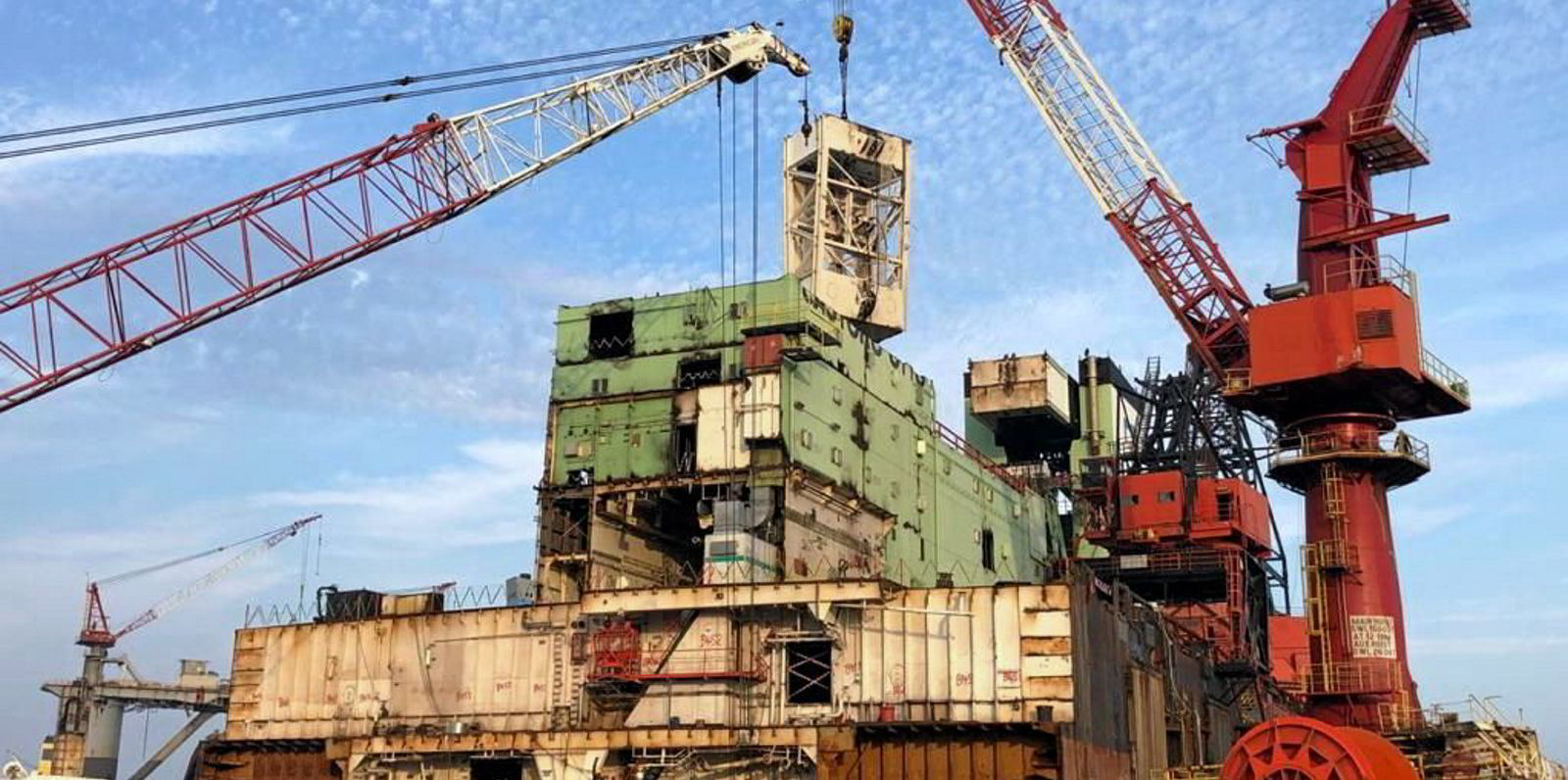Pressure on the US Federal Reserve to maintain interest rates “higher for longer” could potentially hurt oil demand, with a knock-on effect on tankers, says Gibson.
The shipbroker says higher US interest rates support a stronger dollar, making dollar-denominated barrels more expensive for non-US buyers, ultimately affecting demand.
“This is likely to be bearish for both oil and tanker demand,” it said. “This could have knock-on effects on the tanker market as the oil market adapts.”
Gibson said another rate rise is expected from the Federal Reserve, because even though inflation has fallen from around 9% in 2022 to 3.7%, it is still above the central bank’s 2% target.
“This has indicated to policymakers that the current tightening cycle is working after raising rates by 5.25% over the last 18 months,” it said.
“At last month’s Fed meeting, it was decided to keep rates unchanged, although current consensus seems to indicate at least one more increase in 2023 with a period of holding higher future rate to give it time to feed through into the broader economy and finally get to the 2% inflation target.”
Gibson said the tightening cycle, combined with a deteriorating oil supply outlook and projected growth in demand, could set the stage for further rate increases, if higher oil prices feed into the broader economy and reignite inflationary pressure.
“In this case, central bankers may be forced to keep increasing interest rates into next year, prolonging market concerns, although there appears to be little appetite for this at present,” it said.
Gibson said the other persistent issue that higher interest rates pose is the potential to disincentivise holding inventory when commercial stockpiles are already under pressure, as higher interest rates lead to increased storage costs.
The broker said a period of a backwardated pricing makes storage commercially unviable for traders heading into winter, while the combination of elevated interest rates and steep backwardation also makes long-haul crude shipments less attractive.
“For the tanker market, such a scenario could limit the upside in tanker earnings, if we start to see crude demand trend down from interest rate policy in addition to lower cargo availability, following the recent Opec+ output cuts,” it said.
“However, there is likely to be a time lag in between further hawkish rate decisions and the consequences for the oil and tanker markets.”
Despite these factors, Gibson said the general medium-term outlook for tanker earnings remains favourable, even if there are some short-term headwinds.
“While there could be some impact from tighter monetary policy on the market, the underlying tanker market fundamentals, particularly from a fleet supply perspective, may limit any downside pressure on earnings,” it added.
“Likewise, an improved oil supply outlook into next year cannot be ruled out, which would provide additional support for the tanker market. However, much depends on macroeconomics and here, the Fed rate policy has a role to play as well.”





